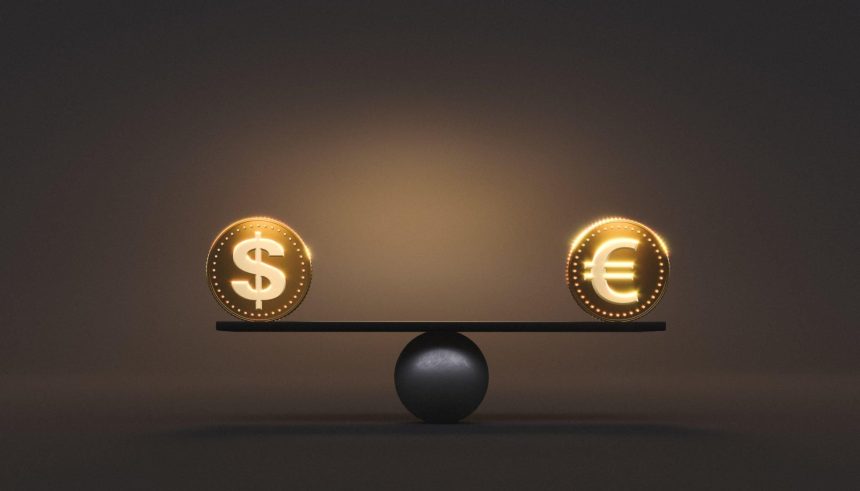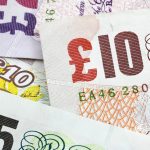EURUSD edged higher as the US Dollar fell as traders focused on Fed Powell’s remarks at the Jackson Hole Symposium.
EURUSD rises slightly to about 1.1120 in Friday’s New York session, after falling from a new year-to-date high of 1.1174 on Thursday. The major currency pair edged higher as the US Dollar (USD) resumed its recent weakness following a solid rebound move the day before, amid caution ahead of Federal Reserve Chair Jerome Powell’s speech at the Jackson Hole (JH) Symposium.
The US dollar index (DXY), which tracks the US dollar’s value against six major currencies, falls to around 101.30 after recovering from a more than seven-month low of 101.00 to over 101.60 on Thursday. The US dollar rebounded sharply after the flash US S&P Global PMI report for August revealed that the Composite PMI came in higher than expected at 54.1. Overall, the survey found that economic activity buoyed by a significant rise in the services sector, but manufacturing contracted quicker than predicted.
Jerome Powell’s lecture at the JH Symposium, set for 14:00 GMT, is likely to reveal insights into interest rates and the US economic outlook. Market participants are eager to know the extent of interest rate decreases in September meeting, given that a “vast majority” of officials agreed that “if the data continued to come in about as expected, it would likely be appropriate to ease policy at the next meeting,” according to the Federal Open Market Committee (FOMC) minutes of the July 30-31 policy meeting.
Investors expect updated interest-rate guidance for September and the rest of the year.
Investors also evaluate the likelihood of a “soft landing” for the US economy, knowing that price pressures are on track to return to the desired 2% pace. Fears of a future US recession grew after the Nonfarm Payrolls (NFP) report for July showed a dramatic slowdown in labor demand and an increase in the unemployment rate to 4.3%, the highest level since November 2021.
Analysts do not expect Jerome Powell to provide a preset interest rate. Rate route. He may, however, call for rate decreases in September, given that threats to both components of the dual mandate (inflation and employment) have increased.
Daily market movers: EURUSD climbs higher despite optimism about ECB rate reduction.
EURUSD rises off the round-level support of 1.1100, as speculators back the Euro (EUR) against the US dollar. However, the Euro is underperforming against other major currencies as markets anticipate that the European Central Bank (ECB) will cut interest rates again in September.
Rising expectations of ECB rate reduction in September fueled by uncertainties about the Eurozone’s economic prospects and easing wage pressures.
The flash Eurozone HCOB PMI survey for August, released on Thursday, increased to 51.2, higher than predicted, indicating that Overall business activity increased at a faster rate. However, the rosy picture painted by the PMI surveys was due to robust demand from the Olympic Games in Paris, and it is likely to be temporary rather than structural. As a result, the uncertainty surrounding economic performance in the future months remains unchanged.
PMI data also showed that business activity in Germany, the Eurozone’s largest economy, fell dramatically, owing primarily to a considerable reduction in foreign demand, with no recovery in sight, indicating the need for additional stimulus to promote demand.
The ECB is largely expected to reduce interest rates again in September.
Meanwhile, a substantial drop in Q2 Negotiated Wage Rates fueled expectations of further ECB rate cuts this year. Negotiated wage rates increased at a rate of at a slower rate of 3.55% from 4.74% in the first quarter of this year, relieving concerns about inflation continuing persistent.
ING economists wrote in a report on Thursday that “the European Central Bank has remained uncomfortable with cutting interest rates while wage growth is elevated.” Lower wage increase in Q2 could alleviate policymakers’ concerns about this issue.









